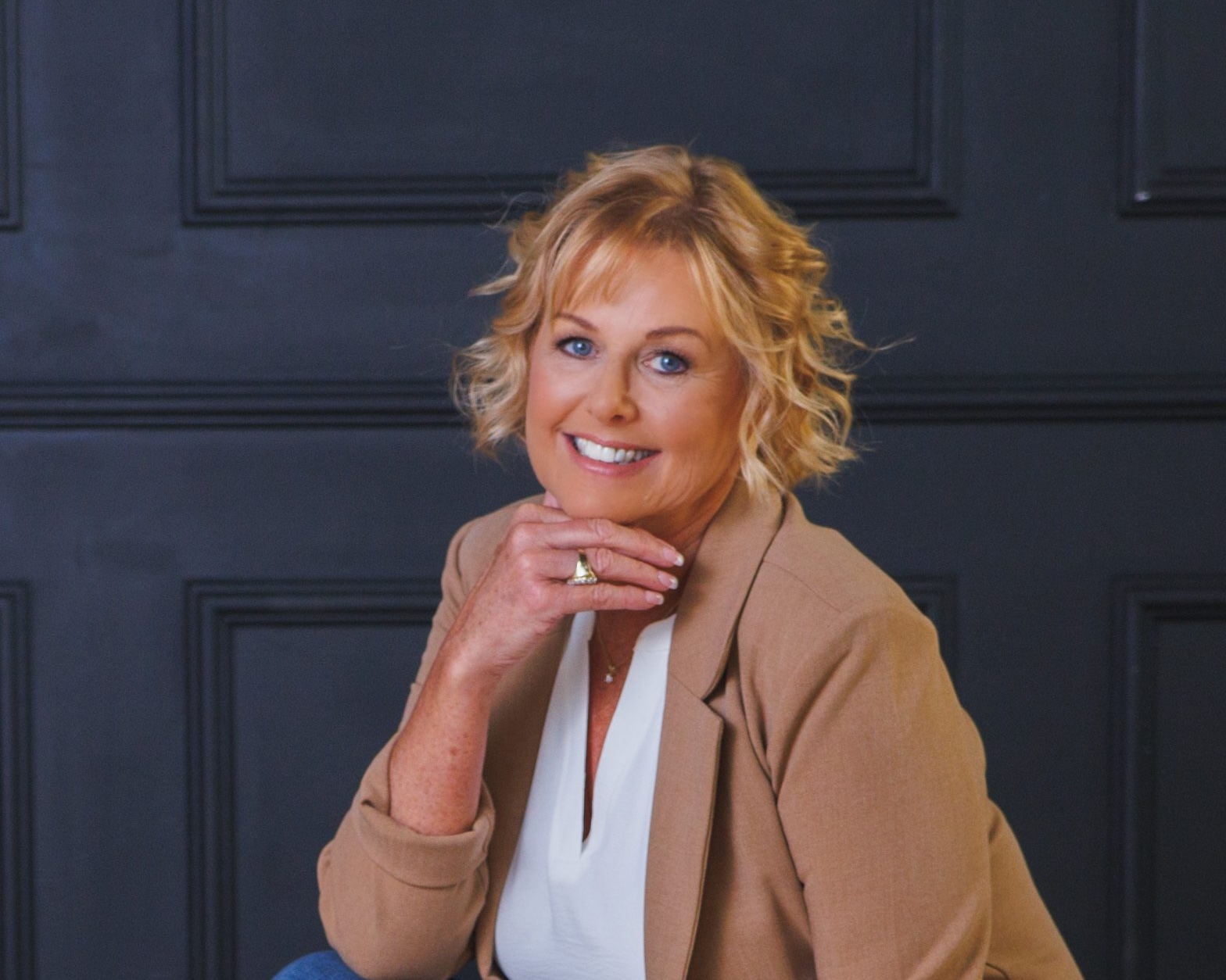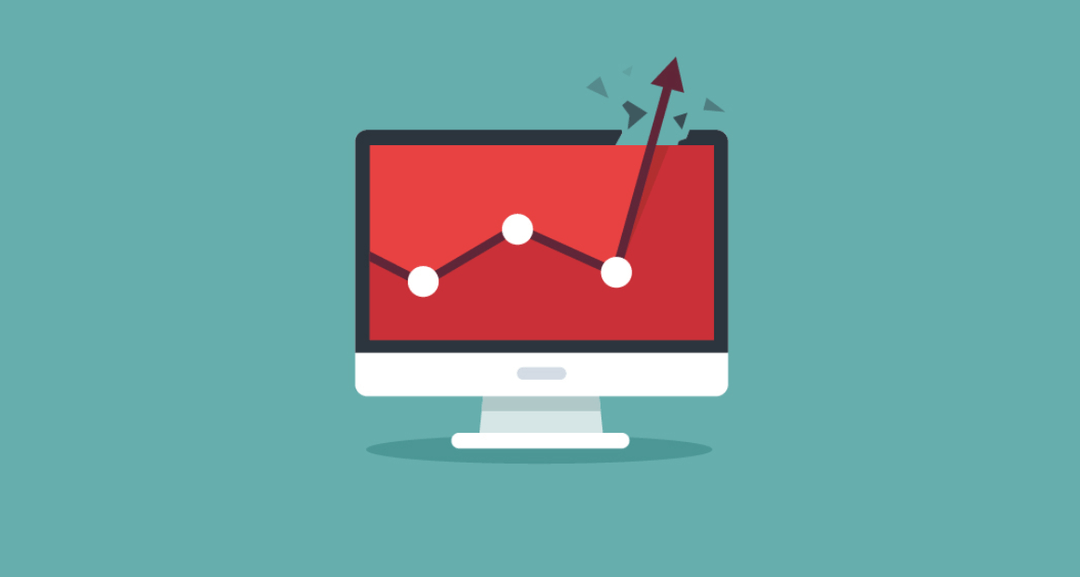Ready to take control of business development for your Fractional Business? There are two essential business development tactics that turned my consulting into a powerhouse and continue to drive my business's growth. These strategies don’t just work—they create a synergy together that fills your sales pipeline with ideal clients:
- First, grow your LinkedIn network with decision-makers who can hire you, targeting the right connections.
- Then, engage them with compelling thought leadership content on LinkedIn.
This approach builds credibility and trust, converting connections into clients who know your story and are eager to buy. In this blog, we’ll detail these game-changing business development strategies to help you get results.
Building your ideal customer profile on LinkedIn
The first step in supercharging your business development is adding new connections. Start by building a list of people in your ideal customer profile (ICP) and decision-makers who can hire you. Think about it like this: if you're a fractional CMO, target companies that lack a head of marketing. We do the highest curation possible, searching for B2B and SaaS companies with specific needs. While tools like Apollo or Sales Navigator might fall short, Mylance ensures you get a finely-tuned list that hits the mark every time. By zeroing in on the right connections, you set the stage for meaningful interactions and potential collaborations that can elevate your business.
Effective strategies for connecting with decision-makers
Once you have your list, it's time to connect. You have three options: manually add connections (time-consuming but free), hire a virtual assistant or intern, or use an automated tool. While LinkedIn frowns upon automated tools, they are effective and generally safe to use. Personally, I recommend Expandi. This tool helps me add about 100 new connections each week. Remember, LinkedIn is unique because every connection is also a follower, making it the perfect platform to grow your audience and influence. The key is to ensure these connections are decision-makers who align with your ICP, maximizing the impact of your outreach efforts.
Crafting the perfect LinkedIn message
The second piece of the puzzle, once you have your list and a method to send messages, is the message itself. Your message should introduce yourself briefly and resonate with the customer's pain points. It's not about you; it's about them. Highlight their problems and how you can solve them without making it a big sales pitch. This approach keeps the focus on the customer, which is crucial for engagement and conversion. Personalization is important here; a well-crafted message can significantly increase your chances of a positive response and further engagement.
Consistency is key: how often to publish content
Once you're adding connections every week and sending them messages, it's time to address a common question: how often should you publish LinkedIn content? Ideally, daily posts are the goal. However, if that's too much, aim for two to three times a week. Consistency is more important than quantity. Don't waste a month perfecting a post—it might flop anyway. I've been publishing content daily, five days a week, for about four years, and this consistency has significantly grown my following. Regular posting keeps you visible to your network and reinforces your expertise, making you a trusted voice in your industry.
What to share on LinkedIn: content that builds trust
When it comes to content, share personal experiences that demonstrate your expertise. For instance, I once posted about how we launched Uber in the Raleigh, NC market and captured 90% market share in six months. This post went viral because it provided specific tactics and wasn’t just a brag. Share your wins, mistakes, and lessons learned. People prefer "I" statements over being pitched to, as it feels more genuine and relatable. Authenticity resonates more deeply with your audience, helping to build trust and credibility over time.
The give mindset: providing value without asking for much
Adopt a "give" mindset when sharing content. Rarely ask for something—perhaps one in ten posts. Focus on providing value in the other nine. Don't worry about giving too much away. Even if all your course content is on LinkedIn, people will still pay for the convenience of having it all in one place. Your generosity will build trust and loyalty among your audience. Being seen as a valuable resource rather than a salesperson can lead to more meaningful connections and business opportunities.
Diversify your LinkedIn content: videos, polls, graphics, and more
Variety keeps your audience engaged. Mix it up with videos, written posts, polls, graphics, and carousels. Tools like Taplio can help streamline this process. We offer a service that transforms a one-hour interview into 20 pieces of LinkedIn content, posted five days a week. Avoid AI-generated content; it needs to be your unique voice to truly resonate with your audience. Diversified content not only keeps your audience interested but also showcases your versatility and depth of knowledge in your field.
Invest in your business development for success
Think of your business's monthly revenue in terms of $20K, $30K, or $40K. Investing $1,500 a month in marketing and sales can power your business. This small investment can significantly amplify your growth. Create a highly curated list, add new connections weekly, send personalized messages, and publish diverse content daily. This strategy will drive inbound leads and grow your business effectively.
Final thoughts
Leveraging LinkedIn for business development requires a strategic approach, but the results are worth it. From curating your ideal customer profile to diversifying your content, these tactics can significantly enhance your reach and influence. Stay dedicated to providing value and maintaining consistent engagement, and you'll build a robust network that supports your business growth.
Mylance
This value-added article was written by Mylance. Mylance specializes in identifying the highest quality, most curated leads for your fractional business. We use 5 different criteria to identify companies and decision-makers who are likely to need your expertise:
- Matches your niche / unique expertise.
- Likely to have the budget.
- Gaps on their team in your function.
- Are fractional-friendly.
- Have warm connections from your network.
To apply for access, submit an application and we’ll evaluate your fit for the service. If you’re not ready for lead generation, we also have a free, vetted community for top fractional talent that includes workshops, a rates database, networking, and a lot of free resources to support your fractional business.

Written by:
From Uber to Fractional COO to Mylance founder, I've run my own $25k / mo consulting business, and now put my business development strategy into a service that takes it all off your plate, and powers your business





